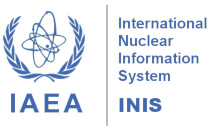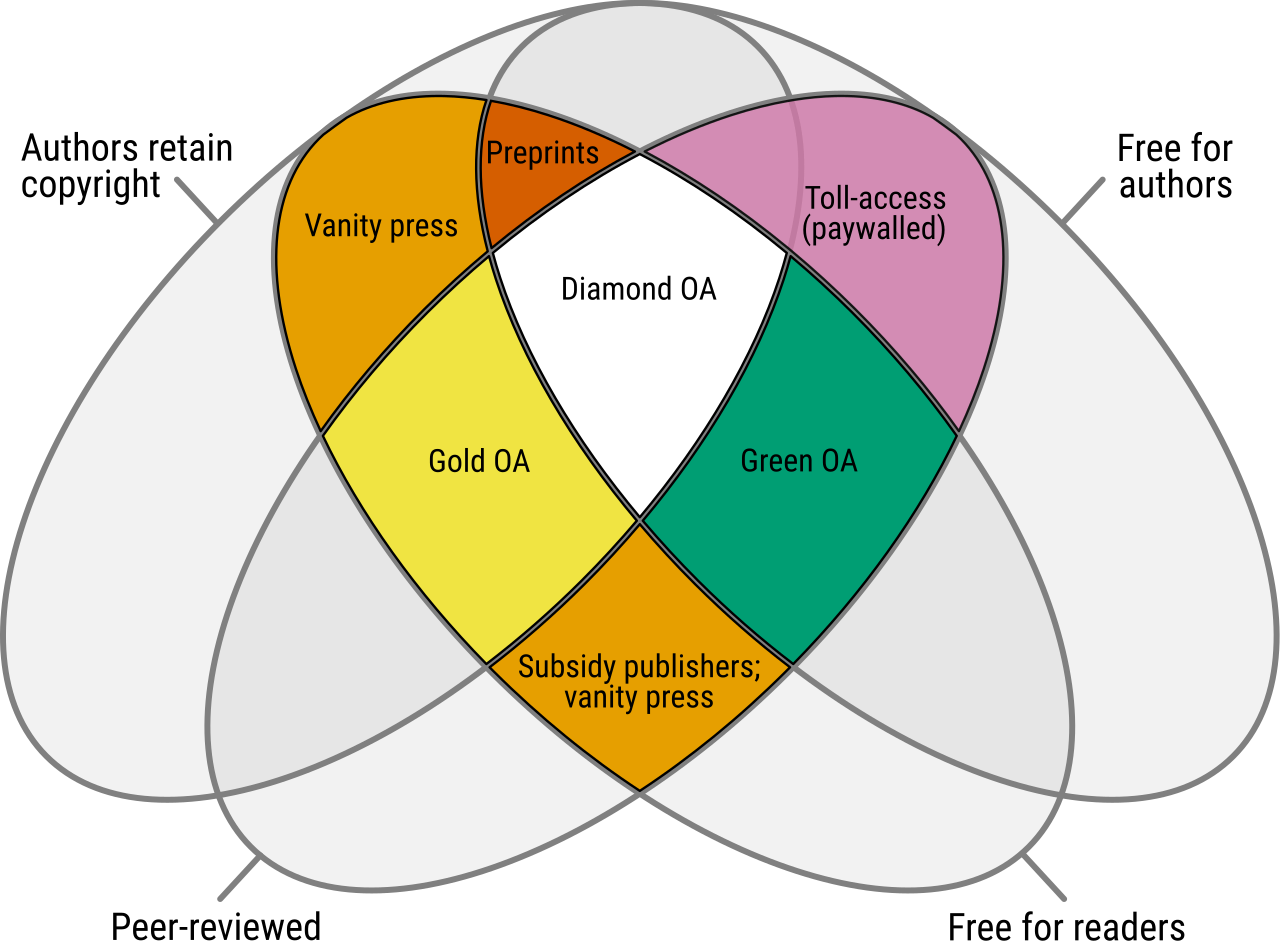New article published: 12(4A) - ENAN / INAC 2024 and 12(4B) - ENFIR/INAC 2024
Accumulated dose stability parameters in p-type and n-type silicon diodes
Abstract: This work investigates the influence of doping type on the dose responses and the accumulated dose stability of n- and p-type silicon MCz diodes. The operating principle of diode-based dosimeters relies on measuring the radiation-induced currents delivered by non-polarized diodes throughout the exposure time. An electrometer promptly reads the current signal, linearly dose rate dependent. The offline integration of the current signal provides the charge generated in the sensitive volume of the diode, expected to be proportional to the absorbed dose. The experimental approach involves analyzing the repeatability of the current signals, the dose responses of both pristine and pre-irradiated diodes, the correspondent charge sensitivities, and the sensitivity decay with increasing doses. For doses up to 175 kGy, the results reveal a linear dose response of the MCz(p) diode, characterized by a charge sensitivity of 3.1 µC/Gy. Within the same dose range, the response of the MCz(n) diode is visibly saturated and given by a fourth-order polynomial function. This saturation effect is likely linked to radiation damage effects manifesting in the current decay with increasing accumulated doses. This surmise is confirmed in this work by a less pronounced drop in sensitivity of the p-type diode than that recorded for the n-type diode when both are subjected to 175 kGy. This behavior is ascribed to the working principle of the diode in the short-circuit current mode and the differences between the diffusion lengths of minority carriers in n- and p-type silicon materials. The diodes' response stability and dose lifespan remain to be further investigated. Read full article.
Safety Analysis Reports of First-Of-A-Kind Nuclear Reactors in Brazil: Proposal of Content for Deterministic Safety Analysis
Abstract: The main documents of Licensing processes for nuclear reactors in Brazil are the Preliminary Safety Analysis Report (PSAR), in the construction phase, and the Final Safety Analysis Report (FSAR), in the operation phase (initial and permanent), as defined by the National Nuclear Energy Commission (CNEN). Thus, this paper presents a proposal for the format and content of the Deterministic Safety Analysis (DSA) chapter of Safety Analysis Reports (SAR) of First-Of-A-Kind (FOAK) nuclear reactors in Brazil, such as Small Modular Reactors (SMR), based on the combination of recommendations of United States Nuclear Regulatory Commission (USNRC) and International Atomic Energy Agency (IAEA) normative and documentary basis. Documentation from the USNRC applies to Nuclear Power Plants (NPPs), specifically to Light Water Reactors (LWR); complementary, IAEA documentation outlines a format and content of a SAR for NPPs but it may, in parts, have a wider applicability to other nuclear facilities. Compared to what is recommended by the USNRC, the IAEA allows for greater scope in terms of the types of events to be considered in a DSA, such as, for example, the Design Extension Conditions (DEC) and, in terms of methodology, it allows for a greater number of options for DSA approaches. The content proposal presented in this work recommends the consideration of DEC without significant fuel degradation (DEC-A), the adoption of the combined approach, analysis of hazards and Pressurized Thermal Shocks (PTSs) analysis, among others. Read full article






















